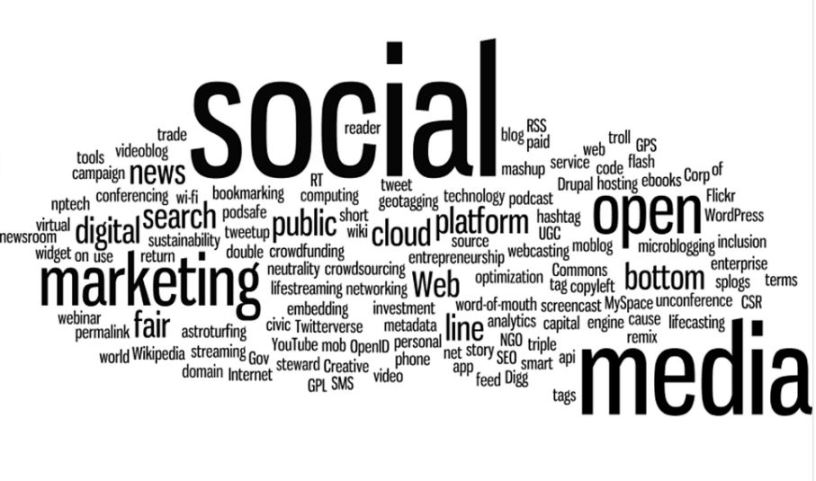Nobody likes ads. They intrude into your reading, watching, or listening. That’s helped fuel the use of ad blockers on-line. People want to research before they buy a product, but they don’t want to get their information from advertisers trying to sell them something.
Traditional marketing has become less effective. More professionals have turned to using content marketing. Content marketing focuses on creating relevant content, which might take the form of videos, blogs, or articles (among other forms). It’s not about creating an ad; it’s about presenting useful information or solving a consumer’s problem. By doing this, companies can position themselves as an expert in their field and cut through the clutter.
As more people search on-line for products, they are now more likely to read on article that presents them a solution than they are to read the ads about the same item. In fact, research shows most people now tend to tune out the ads, especially on-line.
How big is it?
Really Big. Check out these stats:
- In 2017, content marketing is expected to be a $215 billion-dollar industry.
- 93% of B2B sellers are using content marketing.
- 60% of them create at least one piece of content every day.
- This year, 51% of companies will have as Executive-level position directly responsible for implementing a content marketing strategy. Already, 73% of companies say they have someone overseeing content development and distribution.
They are doing it to engage potential buyers in a fresh way. Content marketing boosts brand awareness at the beginning of the sales funnel when prospects are doing their research. That helps companies get a jump on their competitors by being in the minds and conversions of potential buyers earlier in the game.
Why do it?
Quite simply, it’s working. 8 out of 10 marketers report a positive ROI using content marketing. Conversion rates of those using content marketing strategies report an increase 6 times higher than those who don’t.
More than half of business buyers surveyed by DemandGen say they rely more on content to make purchase decisions than they did last year. It’s become a go-to source for product information.
It’s still growing. More stats:
- By 2019, content marketing is expected to jump to $313 billion dollars, representing a 45% increase over 2017.
- Nearly three-quarters of marketers say they are generating significantly more content this year than last year.
- 81% of marketers say they plan to produce even more content in the coming year.
Trends
Content Marketing is a broad umbrella which encompasses all sorts of content. Social media posts are the largest. We’ve all seen – and shared – that viral post that had a soft-sell message somewhere in the post. Website articles, eNewsletters, blogs, and events make up the rest of the top 5 strategies currently being used.
Native advertising is a powerful tool. It’s so powerful that the Federal Trade Commission felt compelled to issue labelling guidelines so it was clear to readers that it was, in fact, a form of advertising. Native ads take the form and style of the website upon which it appears. Done poorly, it’s an ad purposely trying to look like news. Done properly, it’s useful or interesting information that stands on its own, but also projects a positive image for the provider.
Other forms that are growing in prominence:
- Interactive content, including quizzes, polls, calculators, and contests
- Influencer marketing
- Cause marketing, appealing to an engaged audience (such as “going green”)
- Topical marketing, tying into events in the news
- Video content
There’s no question content marketing is here to stay. It’s growing in prominence and influence. Companies are finding it an effective way to reach consumers that are ignoring advertising.
